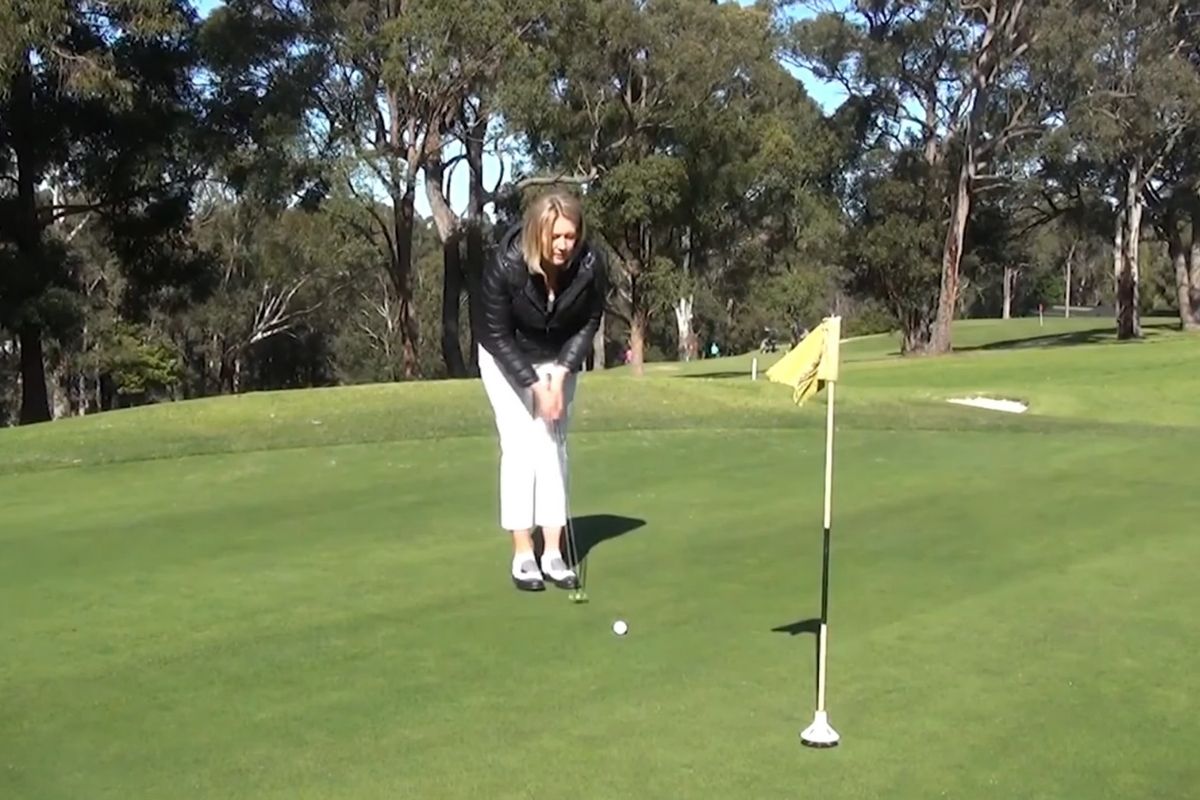
Depth of the Divot
The first thing we want to look for is the depth of the divot. If your divots are more than a couple of centimeters deep, your swing is too steep and you will need to shallow it out. Similarly, if you are not taking a divot at all then your swing arc is too shallow and not hitting the ground correctly. In all cases, unless you’re teeing the ball up you need to be bringing some blades of grass up even if you don’t take much of a divot but you certainly don’t want to be taking a big sirloin-sized chunk of turf.
Remember to make a great connection, your swing is a downwards strike that hit the ball first and then the grass, especially with your iron and hybrid shots. With your fairway woods it will be more of a skimming motion that picks the ball of the top of the ground. You can check where the divot starts by using a tee alongside the ball to mark its position.
Divot Direction
The other thing that our divots can tell us is the direction of the impact through the ball. Use an alignment stick or club shaft and stand behind the divot to have a look where it’s aiming. The first thing to do is check that you are lined up correctly. If you are but your divots are consistently pointing across your target line then it may be a good clue that you are swinging across the line.
So, the next time you’re on the range (hitting off grass) or out on the course have a look at the depth and direction of your divots because it will give you a lot of valuable information about what’s going on with your swing.





